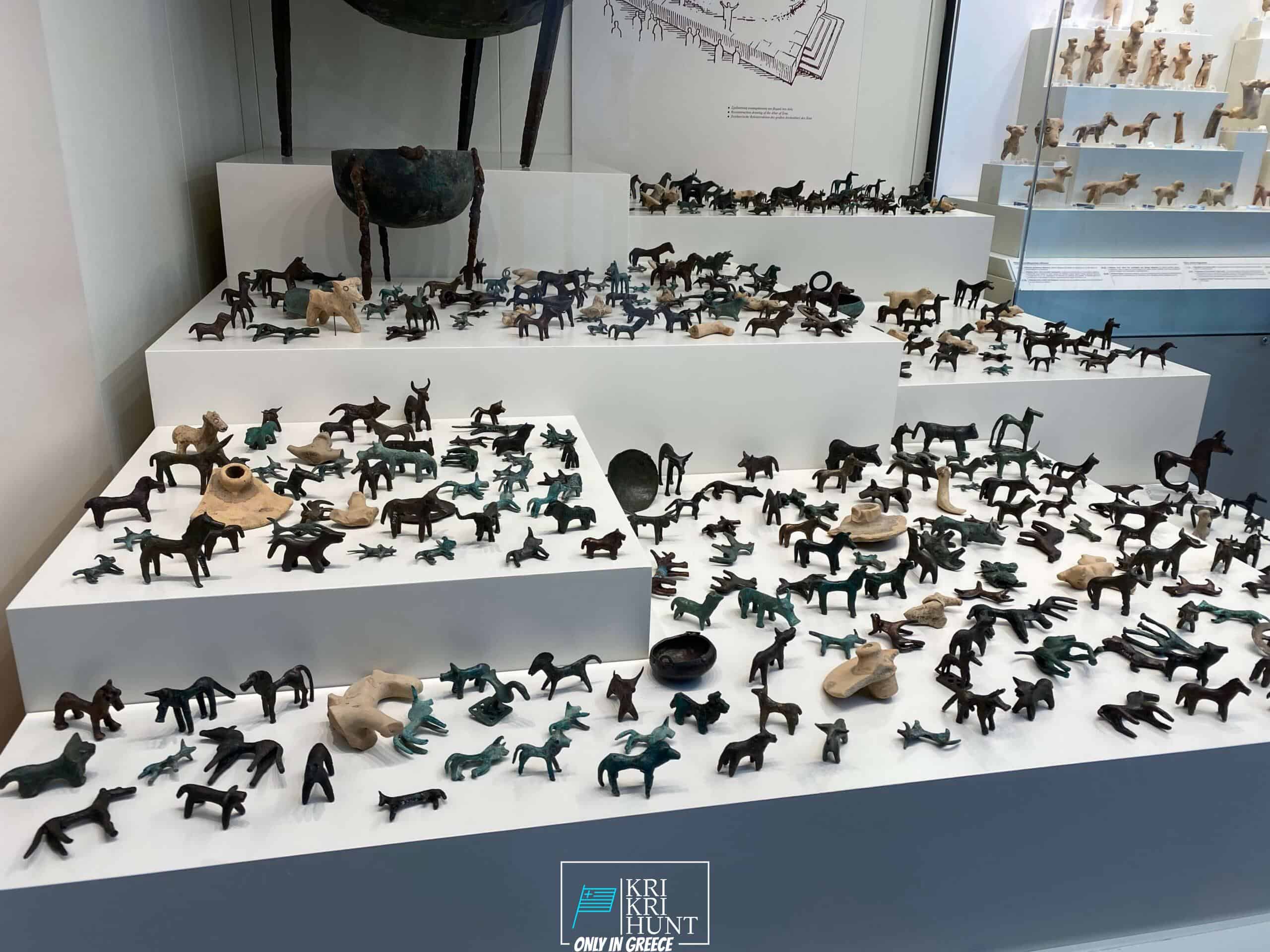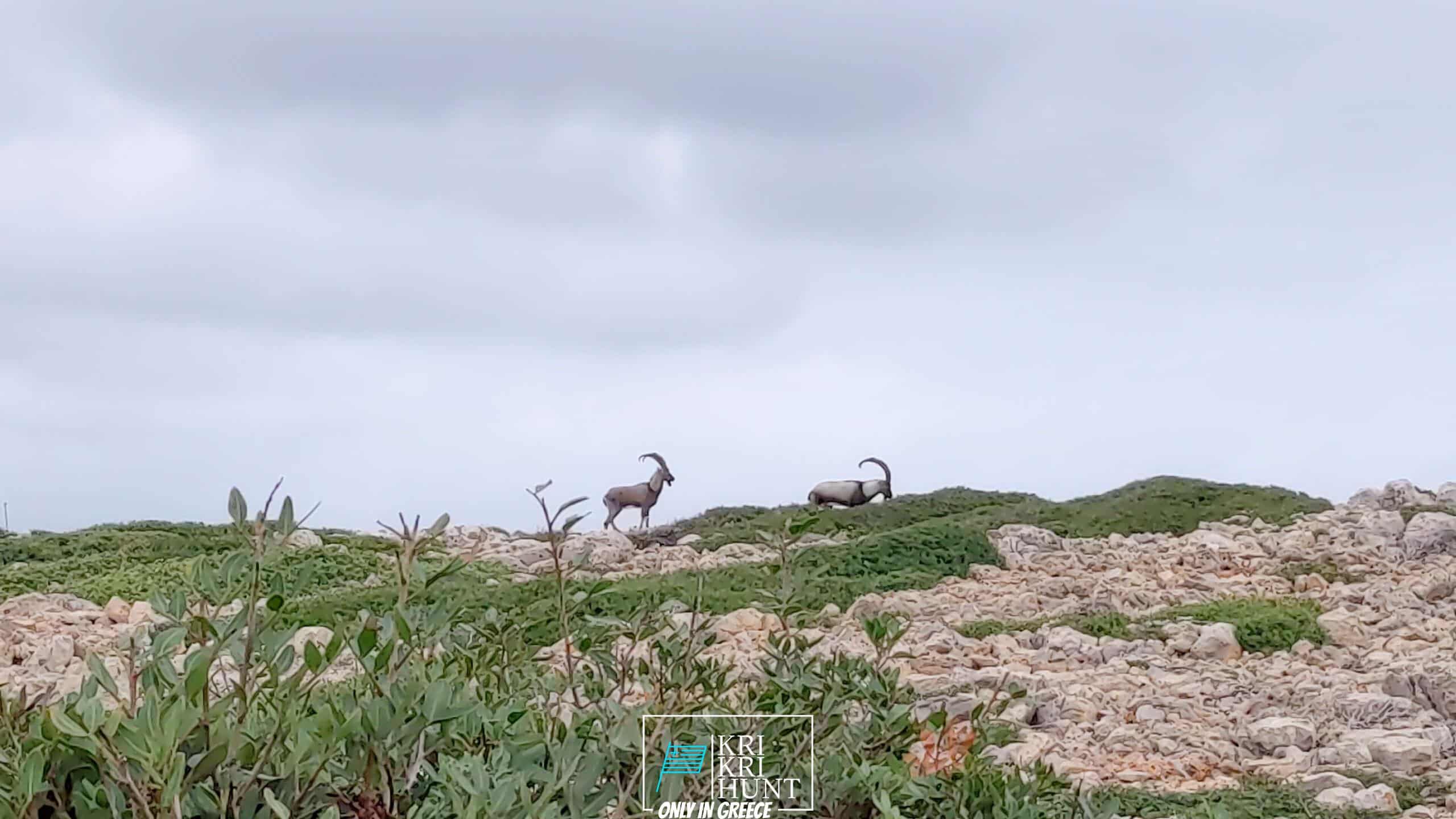Free diving experience in Greece as well as searching for Kri Kri ibex on Sapientza island
Free diving experience in Greece as well as searching for Kri Kri ibex on Sapientza island
Blog Article

The Peloponnese peninsula on the Greek Mainland is commonly referred to as the 'real' Greece. Because it has taken care of to remain reasonably untouched by mass tourism and also preserves much of its traditional charm, this is. Peloponnese is the area for you if you're looking for an authentic Greek experience. And what better method to discover this stunning area than on one of our outside hunting, fishing, as well as free diving excursions?

This Ibex is not a diminutive type of the Bezoar Ibex, which has actually moved to the western edge of its array. The kri-kri (Capra aegagrus cretica), also known as the Cretan goat, Agrimi, or Cretan Ibex, is a wild goat aboriginal to the Eastern Mediterranean. The kri-kri (Capra aegagrus cretica), a feral goat inhabiting the East Mediterranean, was when believed to be a subspecies of wild goat. The kri-kri has a light brownish coat with a darker neck band. Their two sweeping horns increase from their head. The kri-kri is a reluctant and also careful pet in the wild, relaxing throughout the day. They can jump fars away or climb seemingly sheer high cliffs.
What to Expect on a Peloponnese Tour? You can expect to be blown away by the natural appeal of the area when you reserve one of our searching and visiting Peloponnese Tours from Methoni. From the excellent coastlines to the mountains and forests, there is something for everybody to appreciate in the Peloponnese. On top of that, you will have the opportunity to taste a few of the very best food that Greece needs to supply. Greek food is renowned for being delicious and fresh, and you will certainly not be let down. Among the very best components about our trips is that they are designed to be both fun and educational. You will certainly learn about Greek history and society while also reaching experience it firsthand. This is an impressive opportunity to submerse yourself in everything that Greece has to provide.
There is genuinely something for everyone in the Peloponnese peninsula. Whether you have an interest in history as well as culture or nature as well as exterior tasks, this is an excellent location for your following trip. If you are short in a timely manner, our hunting as well as exploring Peloponnese Tours from Methoni is an excellent way to see every little thing this awesome area has to offer.And last but not least, your Kri Kri ibex prize is waiting for you.
What is the diference between Kri Kri ibex, Bezoar ibex and hybrid ibex
The kri-kri is not thought to be indigenous to Crete, most likely having been imported to the island during the time of the Minoan civilization. Nevertheless, it is found nowhere else and is therefore endemic to Crete. It was common throughout the Aegean but the peaks of the 8,000 ft (2,400 m) White Mountains of Western Crete are their last strongholds–particularly a series of almost vertical 3,000 ft (900 m) cliffs called ‘the Untrodden’—at the head of the Samaria Gorge. This mountain range, which hosts another 14 endemic animal species, is protected as a UNESCO Biosphere Reserve. In total, their range extends to the White Mountains, the Samaria National Forest and the islets of Dia, Thodorou, and Agii Pandes.
This Ibex is NOT a diminutive form of the Bezoar Ibex, which has migrated into the western-most reach of the range of this species. The kri – kri (Capra aegagrus cretica), sometimes called the Cretan goat, Agrimi, or Cretan Ibex, is a feral goat inhabiting the Eastern Mediterranean, previously considered a subspecies of wild goat. The kri-kri has a light brownish coat with a darker band around its neck. It has two horns that sweep back from the head. In the wild they are shy and avoid tourists, resting during the day. The animal can leap some distance or climb seemingly sheer cliffs.
“The agrimi goat Capra aegagrus cretica is unique to Crete and its offshore islands. It has been identi®ed as a sub-species of the wild bezoar goat Capra aegagrus aegagrus Erxleben, 1777, which it closely resembles in horn shape, body form and coloration. This classi®cation has been disputed by some researchers who claim that the agrimi are feral goats, derived from early domestic stock brought to the island by the ®rst Neolithic settlers. In order to clarify this issue, DNA analyses (cytochrome b and D loop sequences) were carried out on tissue of live and skeletonized agrimi and compared to sequences of wild and domestic caprines. Results conclusively show the agrimi to be a feral animal, that clades with domestic goats (Capra hircus) rather than with wild Asiatic bezoar. This study demonstrates that morphometric criteria do not necessarily re¯ect genetic af®nities, and that the taxonomic classi®cation of agrimi should be revised.”
Report this page